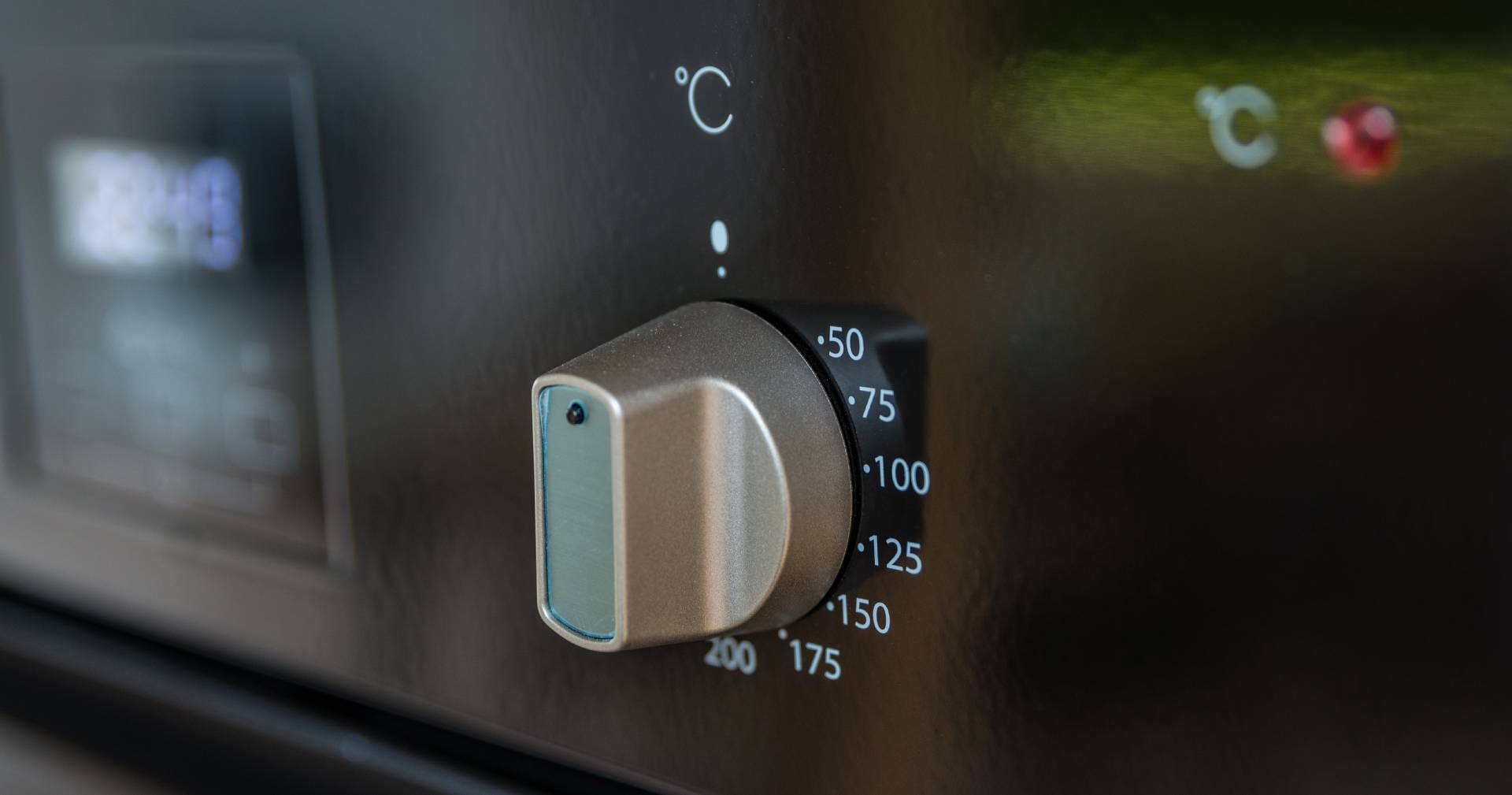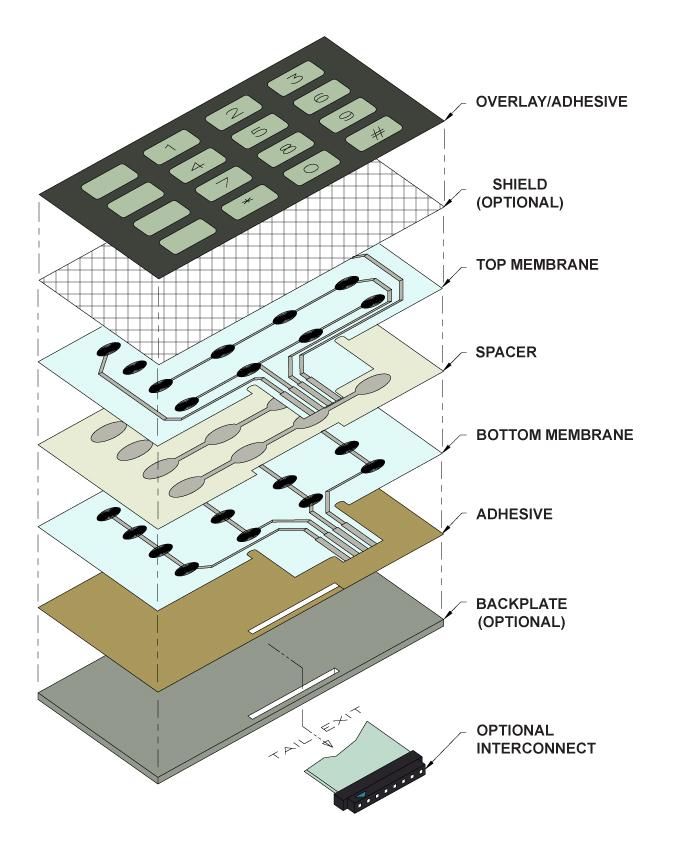Top brands often choose a skilled membrane switch manufacturer to deliver reliable results.
Everything About Membrane Layer Switch Over: Recognizing Its Style and Functionality
When you consider the control user interfaces in contemporary gadgets, membrane buttons typically come to mind. These components are more than simply buttons; they mix design and performance seamlessly. Recognizing how they function and what makes them effective can alter your point of view on daily electronic devices. However, there are subtleties to their design and efficiency that you might not know. Let's discover what collections membrane changes apart from other control systems.
What Are Membrane Layer Switches?

Their seamless nature makes them easy to clean and resistant to dirt and moisture, an essential attribute in many environments. Membrane switches can also be customized pertaining to form, size, and graphics, enabling suppliers to create distinct interfaces customized to specific products. And also, they're light-weight and slim, which aids in minimizing the total mass of gadgets. Generally, membrane layer switches play a substantial function in improving individual experience throughout a broad range of applications.
Exactly How Membrane Layer Changes Work
When you push a secret on a membrane button, it triggers a straightforward yet reliable mechanism. The leading layer, commonly made of adaptable material, lowers onto a conductive layer below it. This activity bridges the space between conductive traces, completing an electric circuit. As soon as the circuit shuts, it sends a signal to the tool's controller, which interprets your input.
You'll discover that the responsive feedback varies based upon the switch layout, offering either a soft click or a much more pronounced action. Once you launch the trick, the membrane go back to its initial position, resuming the circuit and stopping the signal. This process takes place almost immediately, ensuring a receptive user experience.
Membrane layer buttons are popular because of their durability and resistance to dirt and moisture, making them perfect for numerous applications, from family devices to medical tools. Understanding this operation assists you value their prevalent use.
Key Parts of Membrane Switches
Understanding the vital components of membrane switches is essential for comprehending their functionality and layout. The protective layer guards against ecological aspects and wear, prolonging the switch's lifespan. By recognizing these elements, you'll gain understanding right into how membrane layer switches run and their importance in different applications.
Products Used in Membrane Layer Switch Over Style
The efficiency and durability of membrane switches over heavily rely on the materials utilized in their layout. You usually encounter polyester and polycarbonate as main substratums because of their superb stamina and adaptability. These materials withstand scratches and chemicals, making them suitable for requiring environments.
The conductive layers commonly make use of silver or carbon, chosen for their dependability and conductivity. membrane switch manufacturer. Silver gives superior performance, while carbon is a cost-efficient option. For the overlay, you could consider a matte or glossy surface, relying on web link your visual demands and individual experience
Adhesives play an important duty also; they bond layers securely and guarantee long life. Ensure to choose adhesives that hold up against environmental variables like temperature level and humidity. Finally, don't ignore the value of a good printing method for graphics, as it enhances both capability and aesthetic allure. Picking the right products will certainly guarantee your membrane button stands the examination of time.
Layout Factors To Consider for Membrane Switches
While designing membrane layer buttons, it's essential to take right into account different elements that influence their capability and individual experience. Start by focusing on the layout and switch dimension; make specific they're instinctive and simple to browse.
Don't forget the visuals design; clear labeling and color comparison are considerable for visibility. Verify your layout accommodates environmental aspects, like moisture or temperature variants, which can affect performance. Keep in mind the significance of testing models with real users to gather feedback and make necessary modifications. This repetitive process helps you improve the style, confirming it satisfies both useful and aesthetic needs efficiently. By meticulously thinking about these components, you'll create a membrane switch Discover More that enhances usability and complete satisfaction.
Applications of Membrane Buttons
Membrane layer switches are functional parts found in various applications, from industrial equipment to customer electronics. You'll see their impact in machines that need long lasting interfaces and in tools that take advantage of smooth layouts. Recognizing these applications assists you value the functionality and usefulness of membrane layer buttons in daily innovation.
Industrial Equipment Use
When you're looking to improve the capability of industrial equipment, membrane buttons supply a dependable option that combines resilience with straightforward layout. These switches are perfect for rough atmospheres, providing resistance to dirt, wetness, and chemicals. Accept membrane switches to enhance your procedures and boost overall performance.
Consumer Electronics Integration
In the domain name of consumer electronic devices, membrane layer buttons play an essential function in enhancing customer interaction and tool performance. Membrane switches additionally ensure resilience and resistance to dirt and wetness, prolonging the lifespan of your electronic devices. By choosing membrane layer switches, you improve not just the performance but likewise the design of your gadgets, making daily interactions smooth and enjoyable.
Advantages and Downsides of Membrane Layer Switches
While membrane layer buttons offer a variety of advantages, they also come with some drawbacks that you should take into consideration. One significant benefit is their compact design, making them optimal for learn the facts here now space-constrained applications.

Nevertheless, there are downsides. Membrane layer switches can have a much shorter life-span contrasted to mechanical buttons, particularly under heavy usage. They can also be less responsive, which could influence individual feedback throughout operation. If harmed, fixing them can be tough and usually needs total replacement. Inevitably, their sensitivity to extreme temperatures and environmental conditions might limit their effectiveness in particular settings. Balancing these pros and cons will certainly assist you identify if membrane switches are the right suitable for your job.
Regularly Asked Questions
How Much Time Do Membrane Layer Changes Typically Last?
Membrane switches over normally last in between 5 to ten years, relying on use and environmental problems. You'll desire to review elements like wear, direct exposure to dampness, and temperature variations to evaluate their long life efficiently.
Can Membrane Layer Changes Be Custom-made for Particular Designs?
Yes, you can customize membrane buttons to fit specific designs (membrane switch manufacturer). You'll have the freedom to pick colors, shapes, and designs that match your task's requirements, guaranteeing they blend flawlessly with your overall aesthetic
What Is the Cost Array for Membrane Layer Change Manufacturing?
The cost variety for membrane layer button production generally falls between $1 and $10 per system, relying on factors like style intricacy, amount, and products. You can get quotes from producers to discover the most effective alternative.

Are Membrane Changes Water-proof or Resistant?
Membrane switches can be made to be water-proof or resistant, depending on products utilized and building and construction approaches. If you require them for damp environments, guarantee you specify those requirements during the style procedure.
Exactly How Do Membrane Layer Switches Over Contrast to Typical Buttons?
Membrane layer buttons are generally thinner and much more versatile than traditional buttons, offering a streamlined layout. They're frequently easier to clean and incorporate, but could not give the responsive comments you're utilized to with mechanical options.
Conclusion
